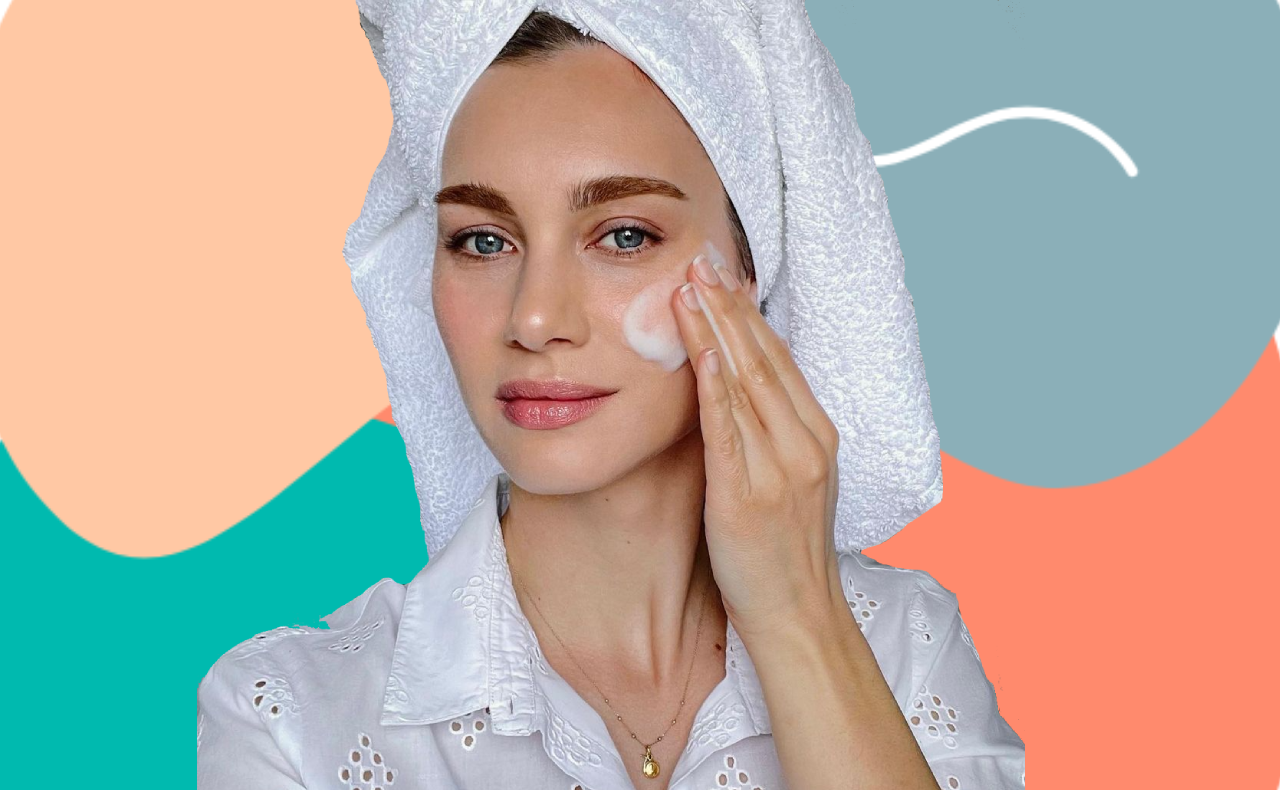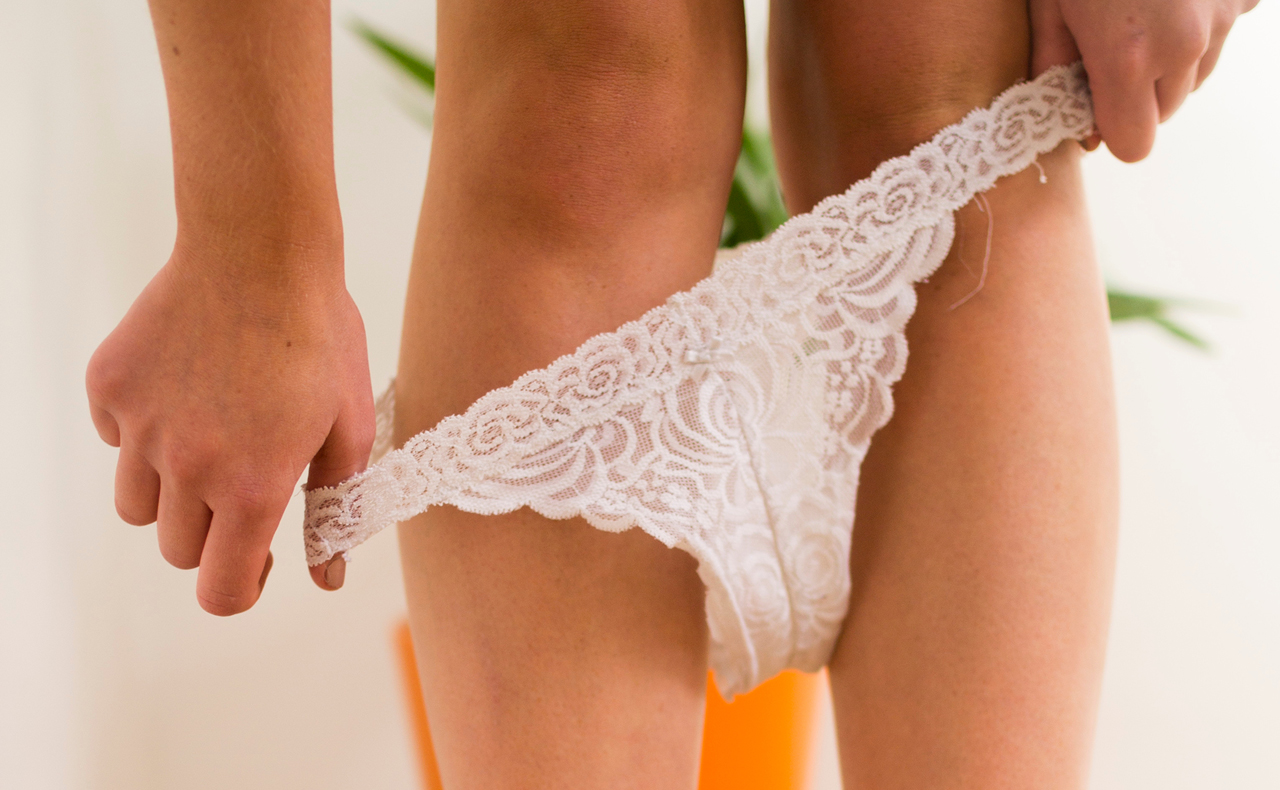With beach weather approaching, it’s common for many women’s thoughts to turn to their problem areas. One of the most common concerns this time of year is cellulite, what causes it, and how to prevent it. Unfortunately cellulite affects the majority of women at some point in their lives. The good news is there are things you can do to help. Read our guide below to get a head start in time for bikini season.
What is cellulite?
Cottage cheese, orange peel, honeycomb… call it anything you wish, but in technical terms, the dimpled texture of skin on the bum and thighs is known as cellulite. It’s essentially deposits of uneven fat under the skin that are caused by weakened connective tissue. It’s a harmless condition, but as the weather starts to warm up, it often raises concern among those affected.
Who does cellulite affect?
Cellulite is a common skin condition that can affect around 90 per cent of women over the age of 30. However, it’s not limited to just us ladies. Cellulite can affect men as well, but the probability is much lower because the connective tissue around their fat cells is stronger.
There’s also a misconception that only overweight women are affected by cellulite; slim women are also likely to experience it.
Research conducted by University of Pennsylvania found that hormonal changes in women, especially before and after pregnancy, are also a contributing factor to cellulite.
How can you treat cellulite?
There are many creams and gels on the market that are formulated to treat cellulite-prone areas. A lot of them include ingredients such as caffeine, which stimulate the skin.
Caffeine basically speeds up the metabolism and drains the accumulated water from the connective tissues. So when you apply a caffeine-rich cream to your skin, it speeds the metabolism of your fat cells and turns excessive fat into free fatty acids that are easier to break down. However, do remember that rubbing a granule of coffee on your skin won’t do the trick, because the cells actually need to absorb the liquefied concentrate of caffeine found in creams and gels.
Does your diet affect cellulite?
If your skin is well hydrated, it will look more supple and fuller. Drinking about eight glasses of water a day will do the trick, but foods containing large amount of H2O can also help you reach your daily goal.
Eat food rich in lecithin, such as cucumbers, eggs, cauliflower, spinach and tomatoes, as these will help hydrate and rebuild tissues. Even consuming Omega-3 in the form of oily fish, walnuts and flaxseeds, will help hydrate cells and reduce the storage of fat cells under the skin.
Excessive sugar and saturated fat slow down the production of healthy collagen fibres, hence resulting in wrinkles and cellulite. Avoid food groups that will increase toxins in your body, such as alcohol, sugary drinks, bottled pasta sauces, biscuits and sausages.
Can exercise improve the appearance of cellulite?
There’s no better cure to banishing cellulite than heading outdoors and moving your body. While sitting down will not necessarily make you develop cellulite, it will, however, make you more lazy and less likely to exercise. Get the link?
If you want to wave a permanent goodbye to these built-up toxins, then start by moving for at least 30 minutes a day. Focus on leg and bum exercises to see obvious and fast results.

How do you feel about cellulite? What are your tips to prevent the appearance of a cottage-cheese-looking bum?
Get all the latest trends, photos and news from bh: follow us on…









